Table of content
Wontons, a beloved staple of Chinese cuisine, have captivated taste buds across the globe with their delicate wrappers and flavorful fillings. Whether nestled in a steaming broth, pan-fried to crispy perfection, or served with a tangy dipping sauce, these dumplings offer a culinary experience that is both comforting and sophisticated. While their preparation may seem straightforward, achieving wonton perfection—a harmonious balance of tender skin, juicy filling, and ideal texture—requires attention to detail and a deep understanding of cooking techniques. This comprehensive guide will delve into the nuances of boiling wontons to perfection, exploring ingredients, methods, and tips to elevate your dish from ordinary to extraordinary.
The Essence of Wontons: A Brief Cultural Overview
Wontons, known as chao shou in Sichuan dialect or hún tun in Mandarin, trace their origins to ancient China, where they were initially enjoyed as a street food and later elevated to a symbol of culinary artistry. Their name, derived from the Cantonese term for “swallowing clouds,” reflects their ethereal texture when cooked. Over centuries, regional variations emerged, with fillings ranging from minced pork and shrimp in the south to spicy lamb in the north. Today, wontons are celebrated worldwide, adapting to local palates while retaining their essence as a versatile, crowd-pleasing dish.
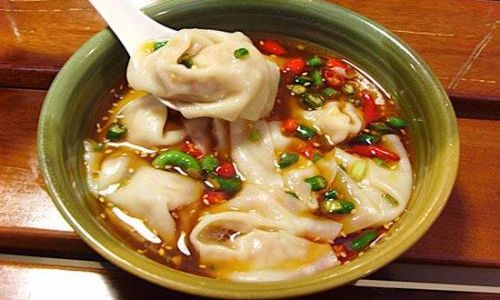
Key Ingredients: Building Flavor from the Inside Out
The foundation of exceptional wontons lies in the quality of their ingredients. While recipes may vary, the following components are essential for achieving authentic flavor and texture:
- Wrappers: Thin, square dough sheets made from wheat flour, water, and sometimes egg. Opt for fresh wrappers (available in Asian markets) for superior pliability and a silken mouthfeel.
- Filling: A harmonious blend of protein, aromatics, and seasonings. Classic combinations include:
- Pork & Shrimp: Ground pork (20% fat for juiciness) mixed with chopped shrimp, ginger, garlic, soy sauce, sesame oil, and white pepper.
- Vegetarian: Finely chopped cabbage, mushrooms, tofu, and scallions, seasoned with rice vinegar and chili oil.
- Spicy Sichuan: Minced pork with doubanjiang (fermented chili bean paste), Sichuan pepper, and garlic.
- Broth (for soup wontons): A clear, aromatic liquid infused with ginger, garlic, and soy sauce. For depth, some cooks add dried shrimp or bonito flakes.
- Dipping Sauces: Elevate the dish with sauces like black vinegar with ginger, chili oil with soy, or a peanut-based dressing.
Preparation: The Devil is in the Details
Crafting the Filling
The filling is the heart of the wonton. Achieve balance by:
- Texture: Avoid over-mincing the meat, as a coarse grind retains moisture. For shrimp, pulse briefly to maintain chunks.
- Seasoning: Marinate the filling for at least 30 minutes to meld flavors. Add a pinch of sugar to round out the savory notes.
- Hydration: A teaspoon of cornstarch or beaten egg white can bind the mixture without making it dense.
Assembling the Wontons
Mastering the folding technique ensures even cooking and prevents bursting:
- Place a teaspoon of filling in the center of a wrapper.
- Wet the edges with water or egg wash to seal.
- Fold diagonally to form a triangle, pressing out air pockets.
- For traditional shape: Bring the two longer corners together, dampen, and press to seal. Alternatively, gather the edges like a purse for a rustic look.
- Chill assembled wontons for 15 minutes to firm up the dough, reducing the risk of tearing during cooking.
The Boiling Process: Science Meets Tradition
Boiling is the most common method for wontons, yielding tender wrappers and succulent fillings. Follow these steps for flawless results:
Preparing the Pot
- Use a large pot (at least 4 quarts) to prevent overcrowding. Wontons need space to dance; overcrowding lowers water temperature and causes sticking.
- Salt the water generously (1-2 tablespoons per quart). Salt seasons the wontons and raises the water’s boiling point, aiding even cooking.
- Bring to a rolling boil before adding wontons. A vigorous boil ensures quick cooking and prevents sticking.
Cooking Technique
- Gently lower wontons into the water using a slotted spoon. Avoid splashing, which can deflate the wrappers.
- Stir immediately to prevent sticking. A gentle swirl with the spoon keeps them moving.
- Maintain the boil but reduce heat slightly if the water threatens to foam over.
- Cooking time: 3-5 minutes for fresh wontons, 5-7 minutes for frozen. Test one by slicing it open—the filling should be opaque, and the wrapper translucent.
Signs of Doneness
- Float test: Wontons rise to the surface when cooked. However, rely on texture rather than floating alone, as some may float prematurely.
- Texture check: The wrapper should be smooth, not gummy. Overcooked wontons develop a wrinkled, slumped appearance.
Troubleshooting Common Issues
- Sticking: Add a splash of oil to the water or ensure wontons are not touching.
- Bursting: Overfilling or thin wrappers are culprits. Use less filling and seal edges thoroughly.
- Gummy texture: Undercooking or low-quality wrappers. Test doneness early and adjust timing.
Serving Suggestions: Elevating the Experience
Soup Base
- Classic clear broth: Simmer chicken or pork bones with ginger, garlic, and scallions for 2 hours. Strain and season lightly.
- Spicy broth: Add doubanjiang, Sichuan pepper, and chili oil to the broth for a fiery kick.
- Vegetarian broth: Use kombu (kelp) and dried mushrooms for umami depth.
Dipping Sauces
- Black vinegar & ginger: Mix 3 parts black vinegar, 1 part soy sauce, and minced ginger.
- Chili crisp oil: Combine store-bought chili crisp with sesame oil and chopped cilantro.
- Peanut sauce: Blend peanut butter, hoisin sauce, lime juice, and a touch of honey.
Garnishes
- Fresh herbs: Chopped cilantro, scallions, or Thai basil.
- Aromatics: Fried garlic chips, sesame seeds, or shredded nori.
- Acidity: A squeeze of lime or pickled vegetables to cut through richness.
Advanced Techniques: Beyond Basic Boiling
Pan-Frying (Potstickers)
For a crispy texture:
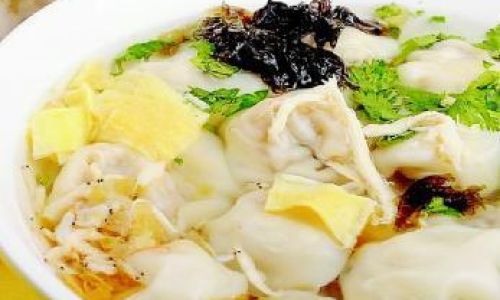
- Heat a nonstick pan with oil. Place wontons flat-side down and fry until golden.
- Add ¼ cup water, cover, and steam for 5 minutes. Uncover and fry until crisp.
Steaming
- Line a bamboo steamer with parchment. Steam wontons for 8-10 minutes. Serve with a soy-ginger dip.
Deep-Frying
- Fry at 350°F (175°C) until golden. Serve with sweet chili sauce for a decadent appetizer.
Pro Tips for Wonton Perfection
- Freeze unused wontons: Lay them flat on a tray, freeze, then transfer to a bag. Cook directly from frozen, adding 2 minutes to the boiling time.
- Experiment with fillings: Try chicken with lemongrass, beef with cilantro, or a vegetarian mix of sweet potato and edamame.
- Adjust seasoning: Taste the filling raw (if using pork) and adjust salt/pepper before assembling.
- Use a spider strainer: This tool allows gentle lifting of wontons without tearing.
- Pair with contrasting textures: Serve boiled wontons with crunchy vegetables like bok choy or daikon radish.
Regional Variations: A World of Wontons
- Sichuan Red Oil Wontons: Toss boiled wontons in a sauce of chili oil, soy sauce, sugar, and vinegar. Garnish with crushed peanuts.
- Cantonese Shrimp Wontons: Use plump shrimp and bamboo shoots in the filling, served in a clear broth with lard-infused noodles.
- Japanese Gyoza: A cousin of wontons, these are pan-fried and served with a soy-vinegar dip.
- Tibetan Mo-Mo: Steamed wontons filled with yak meat and spices, served with a tangy tomato chutney.
The Science Behind Perfect Wontons
Understanding the chemistry of cooking can demystify common pitfalls:
- Gluten development: Kneading the wrapper dough creates elasticity, but overworking makes it tough. Resting the dough relaxes gluten for a tender bite.
- Protein coagulation: Meat proteins (myosin and actin) denature at 140°F (60°C), firming the filling. Cooking to 165°F (74°C) ensures safety without overcooking.
- Starch gelatinization: The wrapper’s starch absorbs water and swells, creating a glossy texture. Rapid boiling prevents starch from leaching into the broth.
Common Mistakes and How to Avoid Them
- Overfilling: Leaves no room for the wrapper to seal, causing bursts. Use a measured teaspoon.
- Thick wrappers: Store-bought wrappers vary; opt for thinner varieties or roll your own.
- Cold water shock: Avoid rinsing cooked wontons, as this washes away seasoning and starch.
- Ignoring altitude: At high elevations, lower boiling points require longer cooking times.
Conclusion: The Joy of Wonton Craftsmanship
Cooking wontons is an art that rewards patience and precision. From the initial sizzle of ginger in hot oil to the final plunge into a fragrant broth, each step is a testament to culinary heritage. Whether you prefer them nestled in a steaming bowl or crisped in a pan, mastering the boil unlocks the potential to create wontons that are as visually stunning as they are delicious. Experiment with fillings, embrace regional variations, and most importantly, savor the process. After all, the best wontons are those made with care—and a dash of creativity.
Final Tip: Host a wonton-making party! Gather friends, set up an assembly line, and let the laughter (and dumplings) flow. After all, food tastes better when shared.
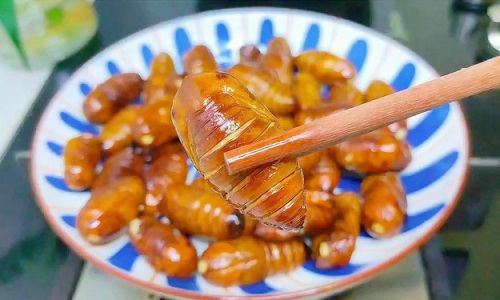
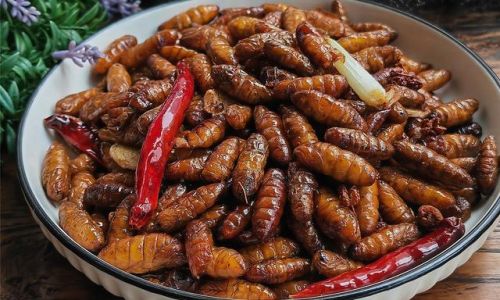
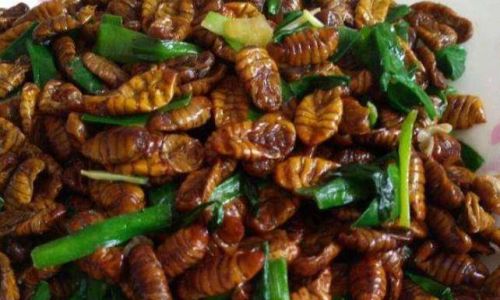
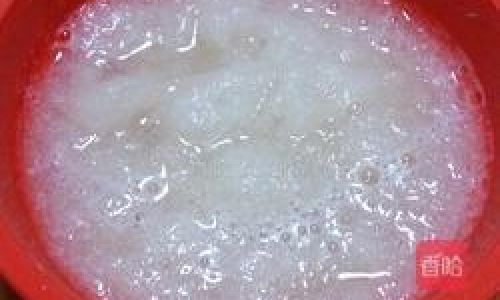
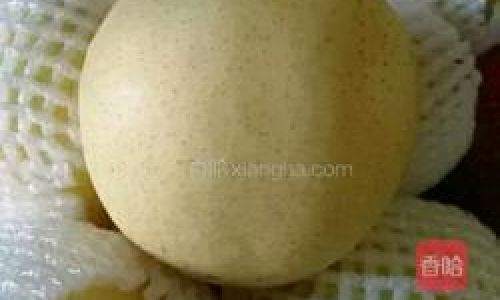

0 comments